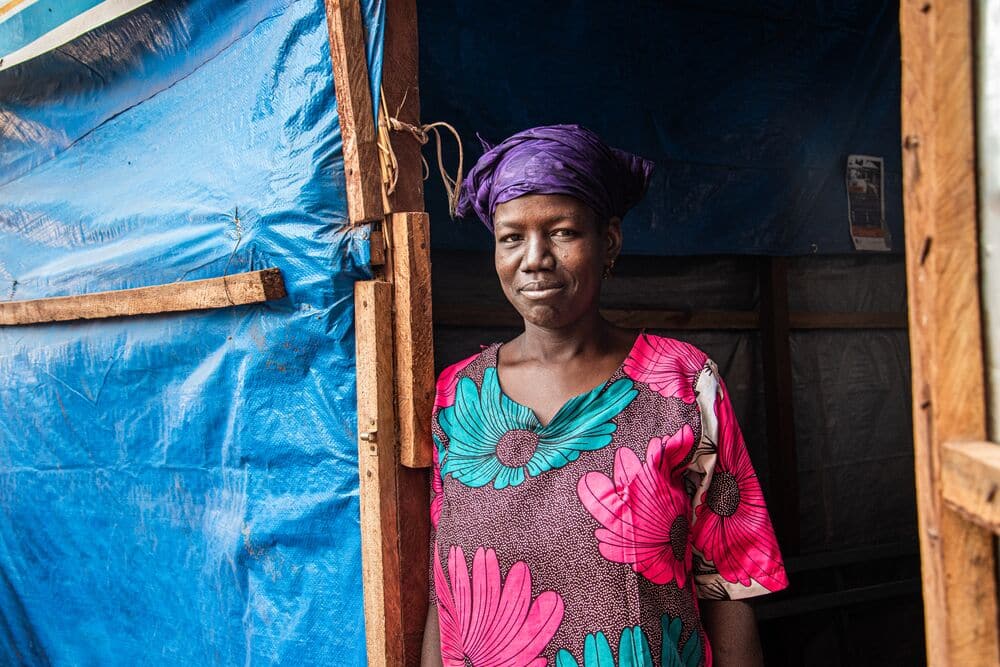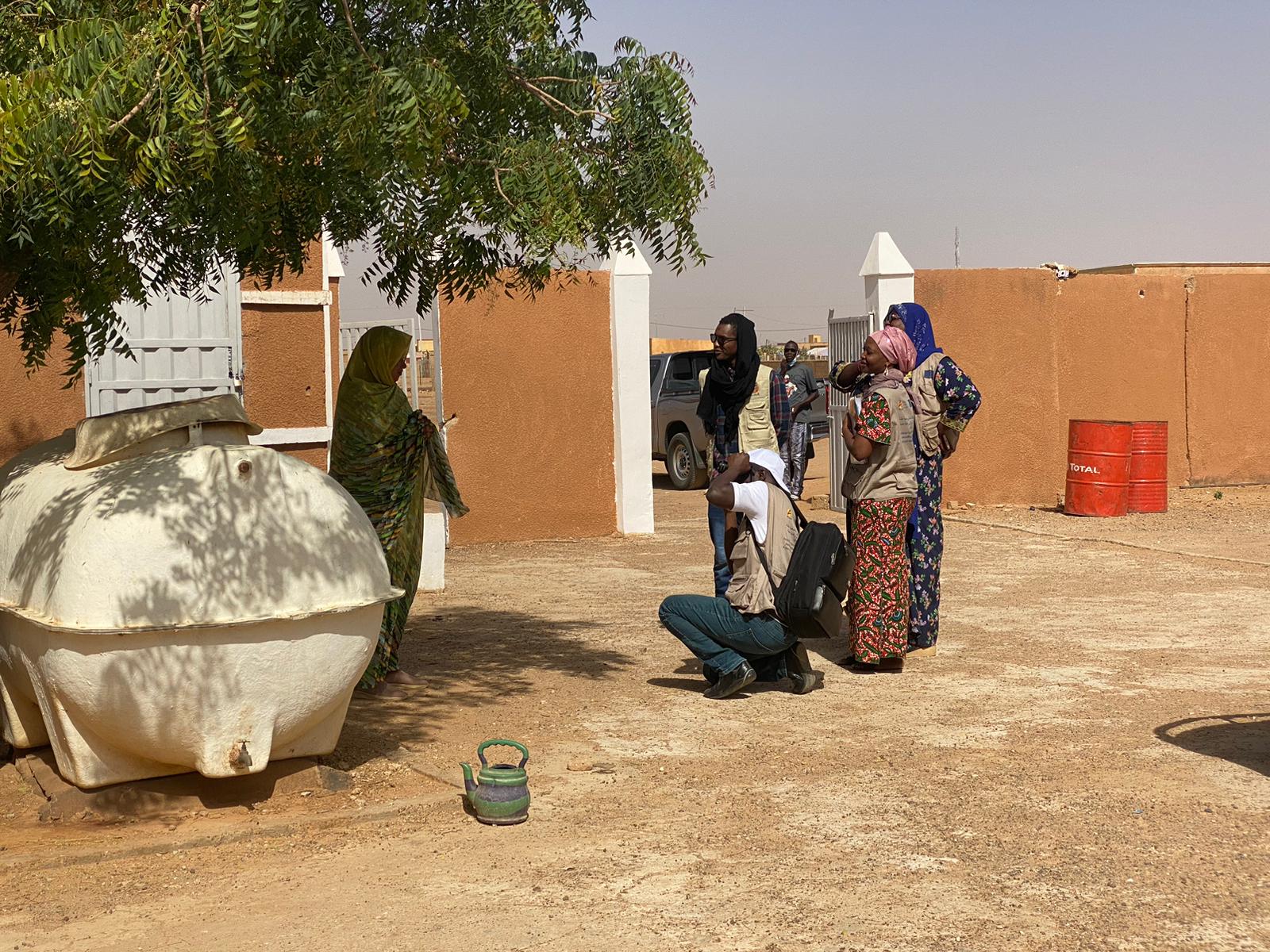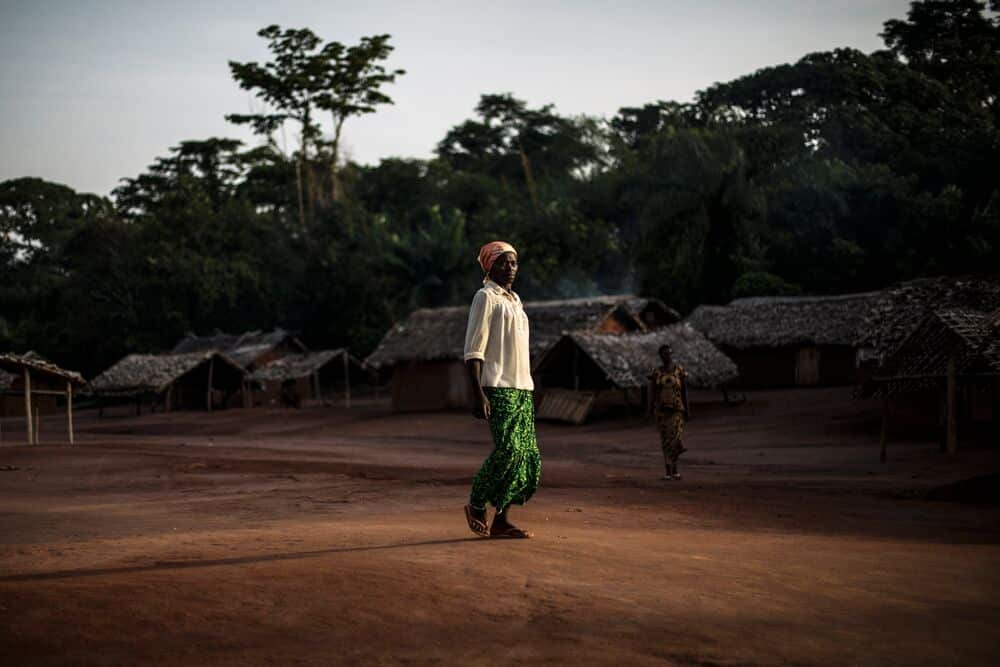The security crisis in Mali is deteriorating, with thousands of families abandoning their land and homes, fleeing violence, and seeking better living conditions elsewhere in the country. In December 2023, there were nearly 355,000 IDPs across the country1.
Camps for Displaced People in the Heart of Mali’s Capital
Salimata is among those affected. She arrived at the Mabilé camp in 2019, located in the heart of Bamako, Mali’s capital. “I used to live in Kourou,” Salimata recounts. “I had to leave because of the gun violence.” For the past five years, this young mother has been living with her children in this camp in Commune VI, which was once a high school.

In the capital city of Bamako, thousands of people from the Mopti, Ségou, and Timbuktu regions have settled in several camps, including in Commune VI.
“This camp was established at the end of 2019. It was intended to shelter flood victims in Bamako,” explains Ramata, the camp manager. “At the same time, armed conflict erupted in the northern regions of the country, so we had to take in a wave of displaced people. The government decided to house them in what was then a high school. The camp has become like a village now: people live their day-to-day lives, and participate in celebrations such as baptisms and weddings…”.
Children, the First Victims of Extreme Vulnerability in IDP Camps
IDP camps concentrate extreme poverty and vulnerability within a few hundred square meters. In December 2023, according to the International Organization for Migration’s (IOM) Population Movement Report, the camps in Bamako accommodated 3,462 people, with 27.4% of them being children under the age of five. These places are marked by red indicators, particularly affected by a food and nutrition crisis.
In the Mabilé camp, Adjaratou is a nurse for ALIMA and its local partner AMCP-SP. Most of her time is focused on treating young children, who make up 53.6% of the camp’s population. She assesses and measures the circumference of the arms she examines.
“When we arrived, many children in the Mabilé camp were suffering from malnutrition,” she said. “Fortunately, the situation has changed a lot. We are currently monitoring 136 children with acute malnutrition, about 100 of whom are showing signs of recovery. We are the only NGO taking care of malnutrition [in Mabilé].”
Since November 2022, ALIMA and its partner AMCP-SP have been working in various IDP camps in Bamako. Their teams strengthen health facilities by providing specialized knowledge and personnel, including training for local caregivers to improve the quality of care provided long term, particularly to treat acute malnutrition, malaria, and gender-based violence.
These Women Became “Light Mothers” in Camps
“Two of my children suffered from malnutrition. I took the Mother MUAC training, to learn how to measure MUAC”, explains Altiné, met in the camp. Knowing how to measure a child’s upper arm circumference enables mothers to identify early signs of acute malnutrition in their children, right from home.
“Before, when a child had red hair or a bloated stomach, we thought they were just sick. Now we know that these are symptoms of acute malnutrition.” ALIMA and AMCP-SP’s efforts profoundly affect the lives of the camp’s residents. Mothers trained in malnutrition detection become “mamans lumières” or “light mothers.” They in turn train other mothers and raise awareness about malnutrition symptoms. “We have learned a lot from ALIMA,” says Altiné. She is now also a “light mother”.

The security crisis in Mali continues to exacerbate the vulnerabilities of the population, particularly IDPs. Humanitarian needs are only increasing, while resources are becoming less and less available. Despite the life-saving care provided by ALIMA and AMCP-SP, the number of IDPs is on the rise and resources are becoming increasingly limited. These populations, already among the most vulnerable amid Mali’s numerous crises, are now, more than ever, in greater need of humanitarian assistance.
Cover picture © Seyba Keita / ALIMA
- according to the Report on Population Movements, International Organization for Migration (IOM) ↩︎



